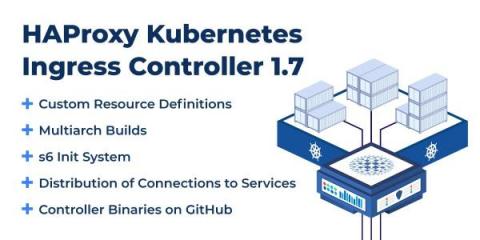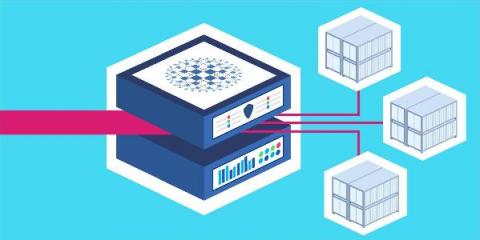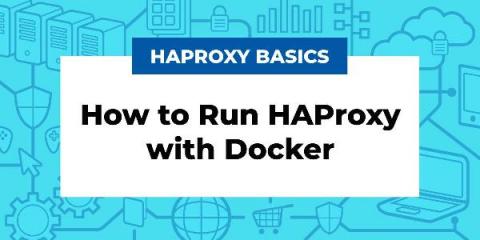Announcing HAProxy Kubernetes Ingress Controller 1.7
We’re proud to announce the release of version 1.7 of the HAProxy Kubernetes Ingress Controller! In this release, we added support for custom resource definitions that cover most of the configuration settings. Definitions are available for the global, defaults and backend sections of the configuration. This promotes a cleaner separation of concerns between the different groups of settings and strengthens validation of those settings.











